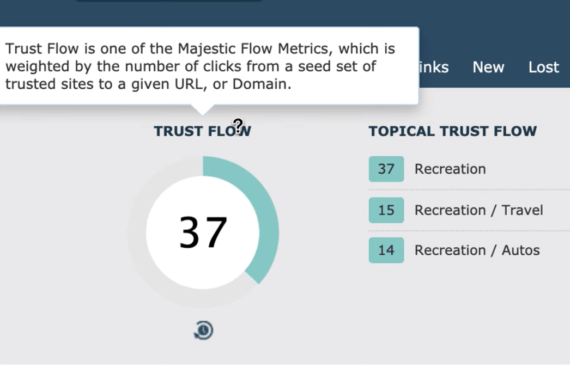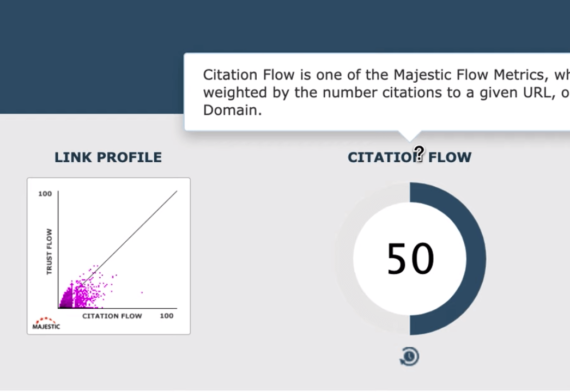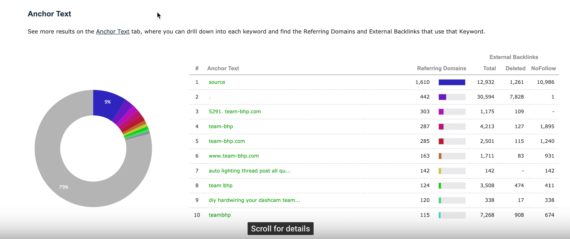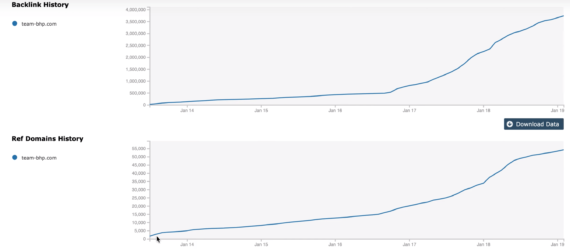One of the key indicators of a site’s success is how well and frequently other sites link to it. Outside of Google, Majestic has created the largest link intelligence database, and can give you great insight not only into your own website’s popularity but also the popularity of your competitor websites.
Tutorial Video: How to Use Majestic Backlink Checker
Analysing Backlinking

The first step to analysing the backlinking of a site is to copy the URL of the site in question to the URL bar on majestic.com. Rather than using the whole URL i.e. http://www.team-bhp.com it’s better to enter a raw URL – in this case, team-bhp.com – as many of the backlinks will use the truncated URL rather than the full address.
Immediately after entering the URL you are presented with the option of either a fresh index or an historic index.
Opting for a Fresh Index limits the search parameters for Majestic’s web crawlers, giving a recent snapshot of the site’s performance and popularity, whereas an Historic Index sends the crawlers searching wider and deeper to find performance details throughout the site’s history.
No matter what option is chosen, the first two analytics that are shown are Trust Flow and Citation Flow.
Trust Flow

Trust Flow is a score out of 100 and indicates how far in links the analysed website is from one of the websites hand-picked by Majestic to be trusted sources. Trustworthy sites are more likely to link to other trustworthy sites, so the higher the Trust Flow the more trusted the site is. Typically scores from 11-49 are considered average and 50+ is great, but areas outside of the main Google territories – the United States and UK – often index a little lower than expected.
Citation Flow

Citation Flow is an indicator of how influential a site might be given the number of other sites linking to it. As with Trust Flow, a score of 11-49 is usually considered average and 50+ great.
Referring Domains

The next key indicator to look at is the number of domains linking to the website. As a rule of thumb, the bigger the number the better but keep in mind that the more specialised a website is, the fewer domains there are likely to link to it.
Anchor Text

Anchor Text refers to text that is linking back to the website. Ideally you want to see your top 10 anchor text populated mostly with either brand based or non-keyword rich results. In the screenshot you can see the various permutations of team-bhp making up most of the list. This is excellent. The #7 entry – Auto Lighting Thread is a less desirable piece of anchor text as it is entirely keyword based and not brand or URL linked.
Backlink History

Backlink History shows how and when other sites have linked to the URL. Using the daily view it’s possible to see when spikes have occurred, giving you the opportunity to analyse what happened on that day to see if the traffic was anomalous, due to an event or occasion separate from the site or because of some particular content.

A cumulative view of Backlink History gives an indicator of how backlinking has been tracking over time.

You can also compare your site with competitors by adding their URLs to the search.
